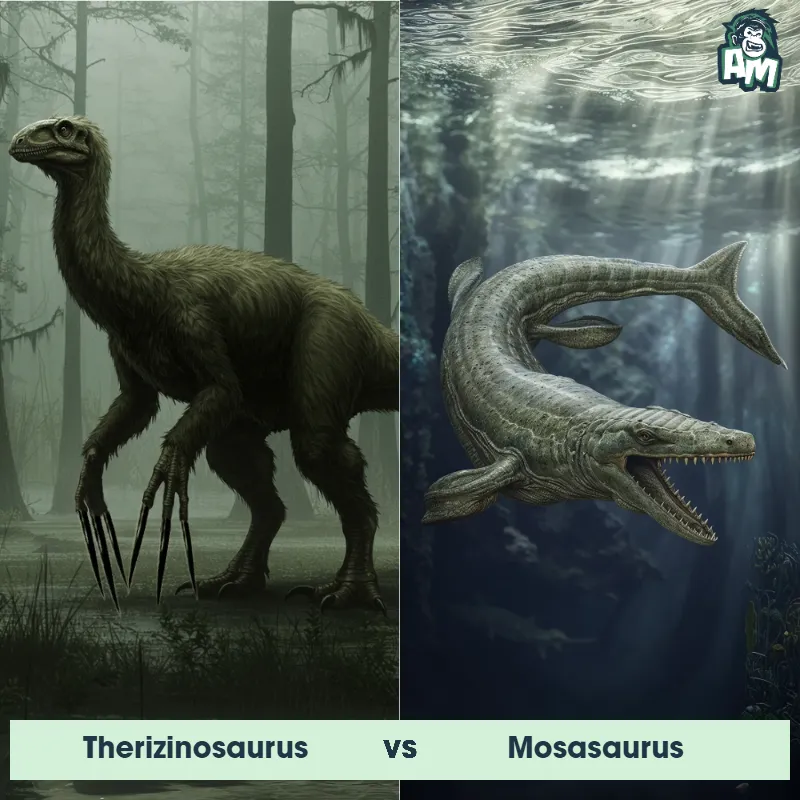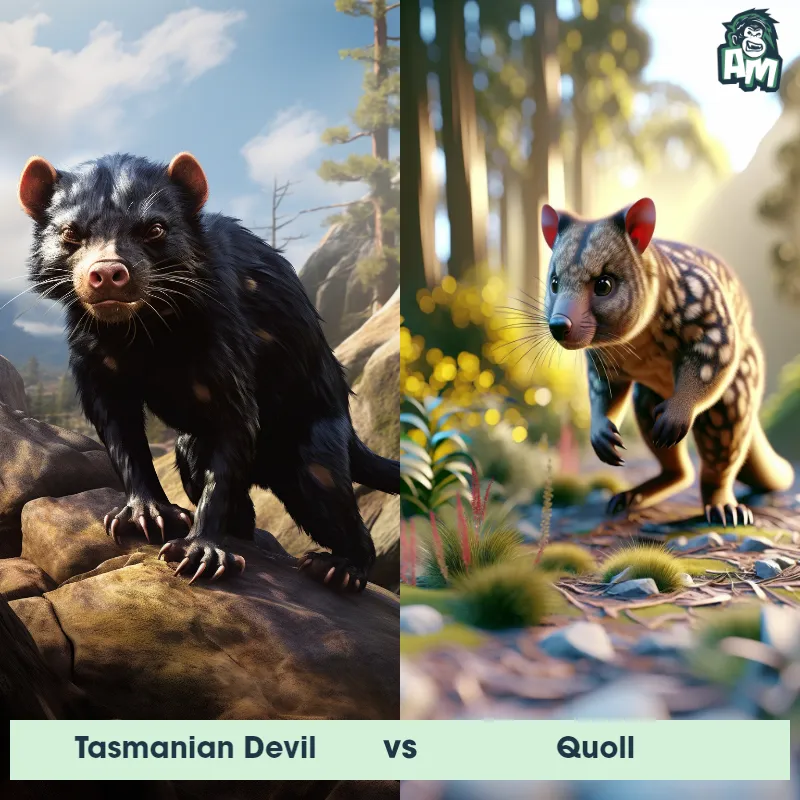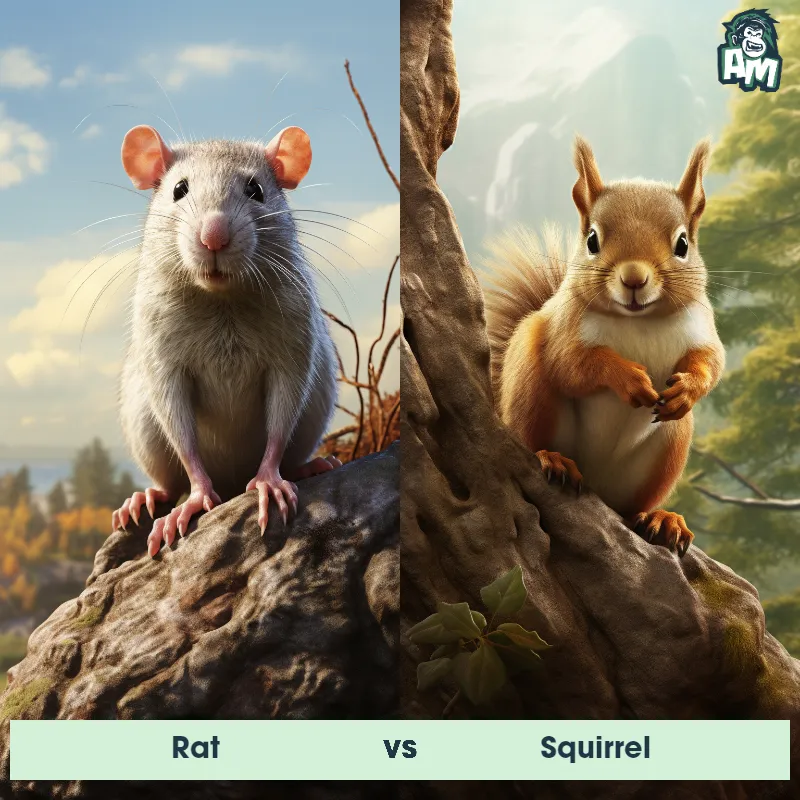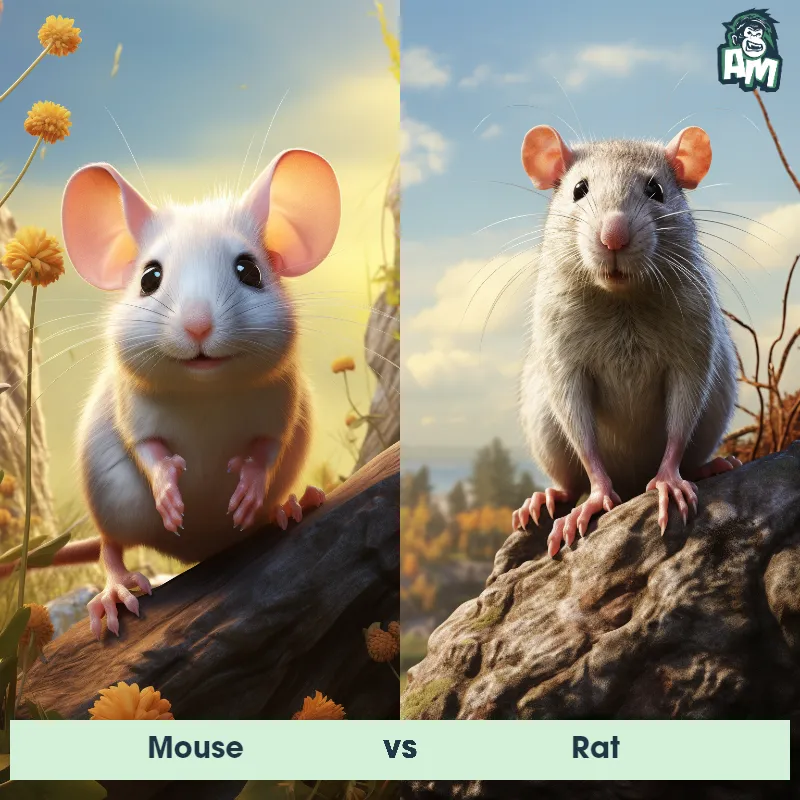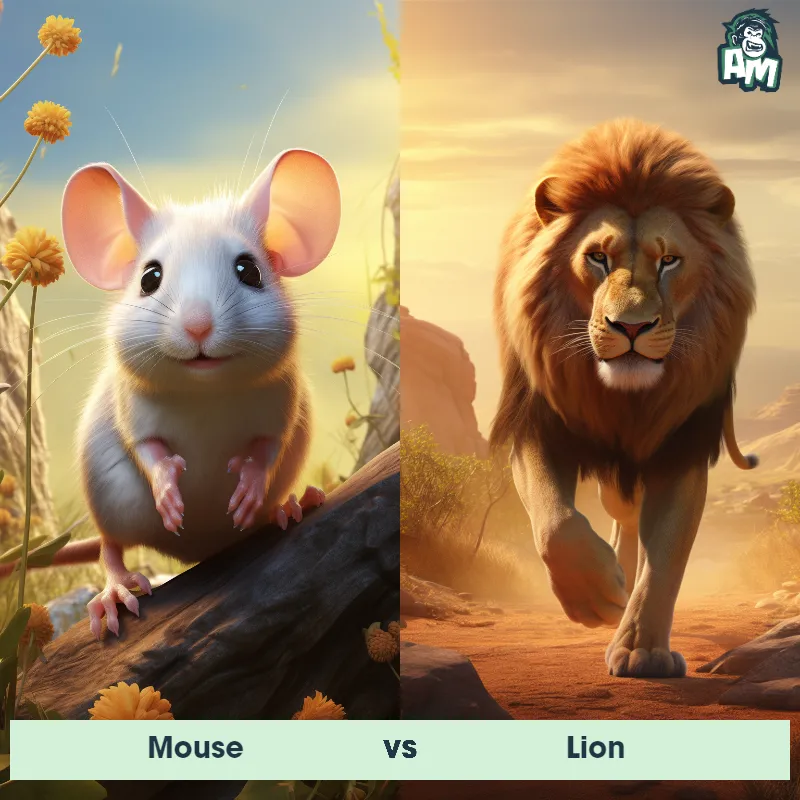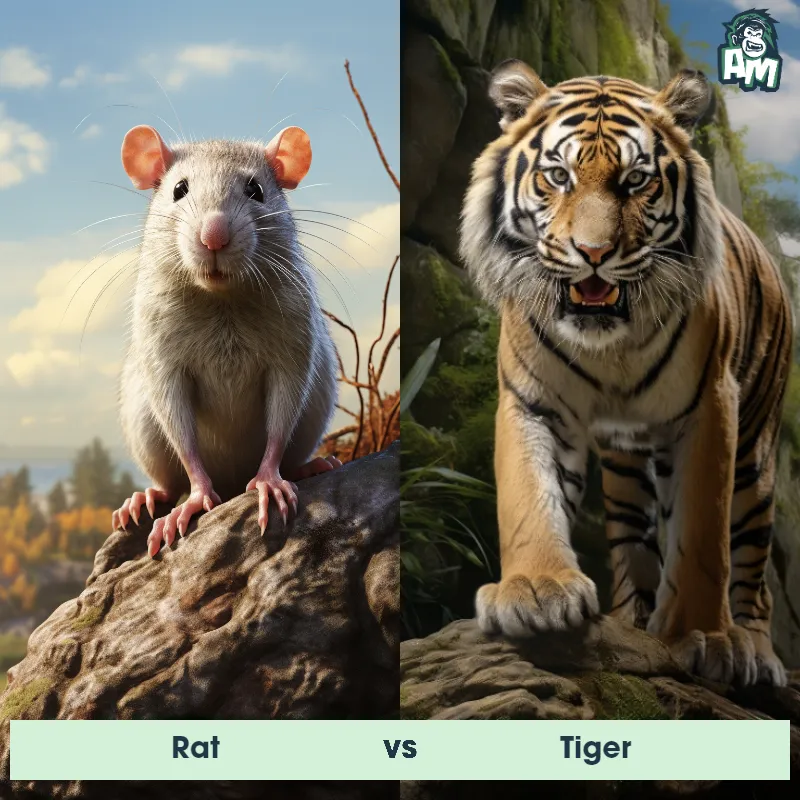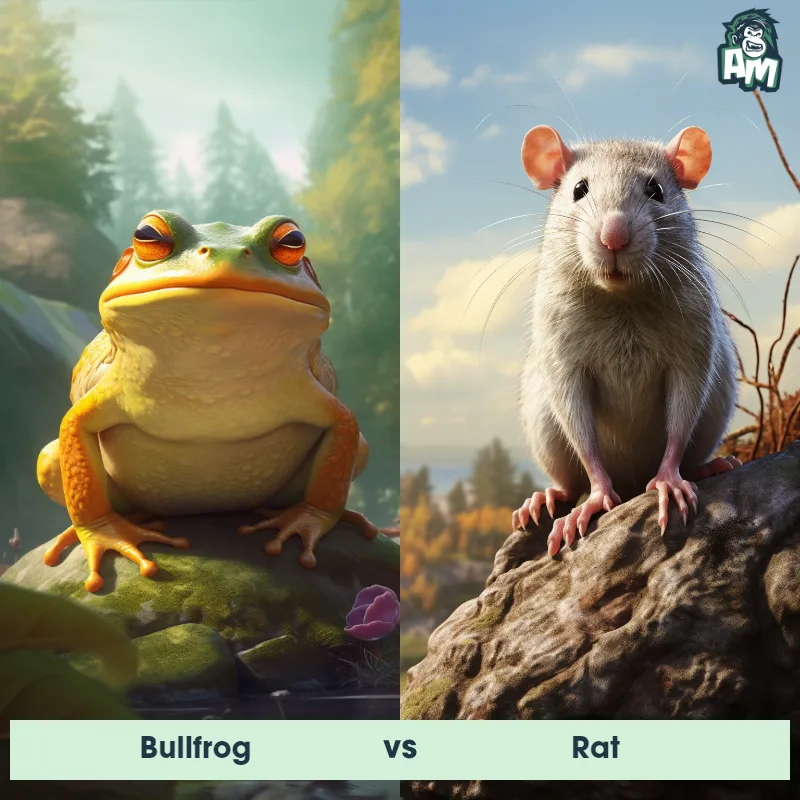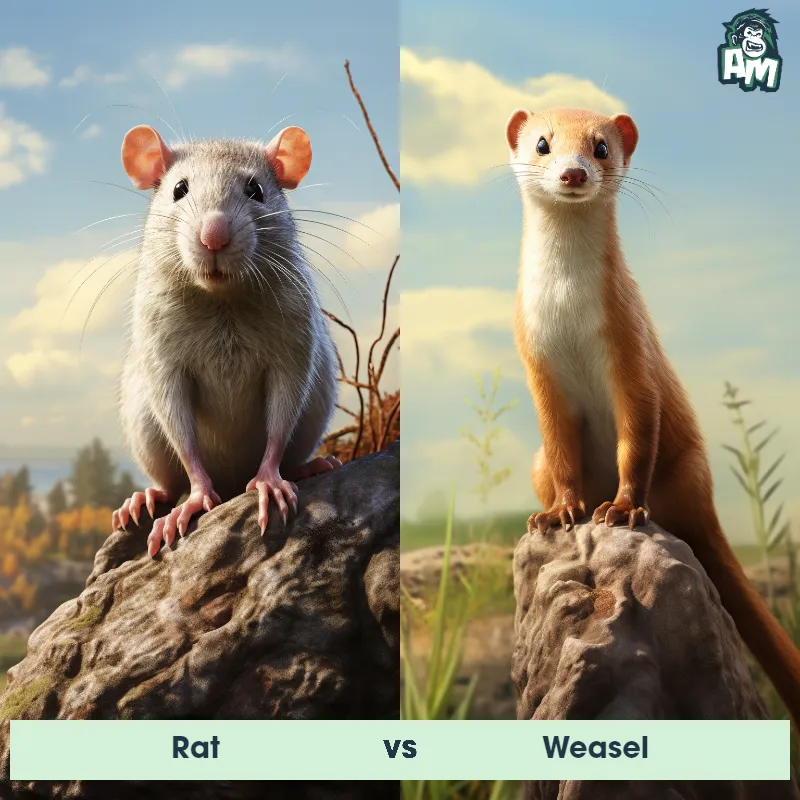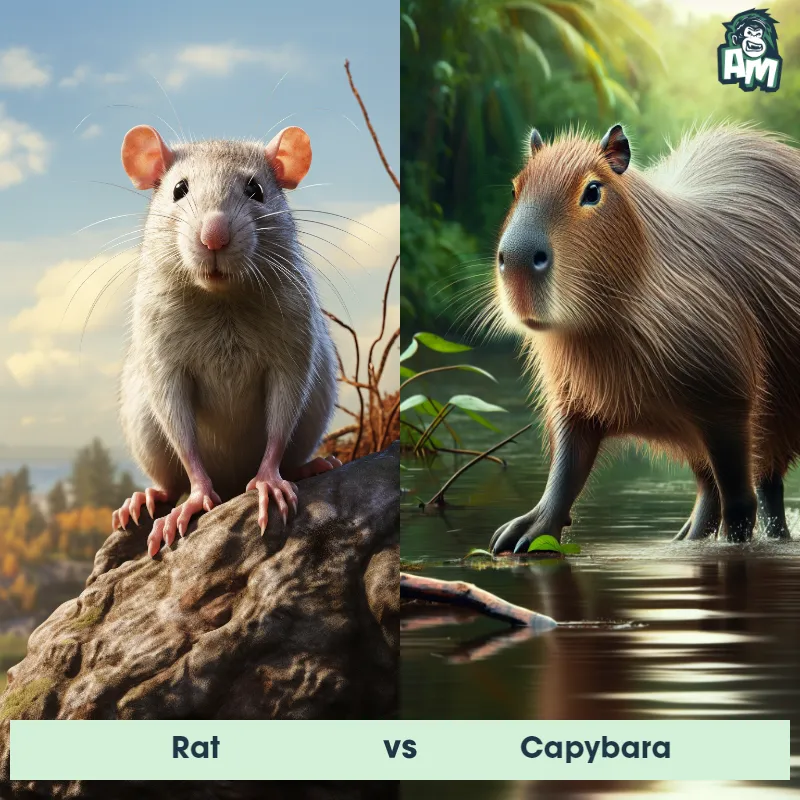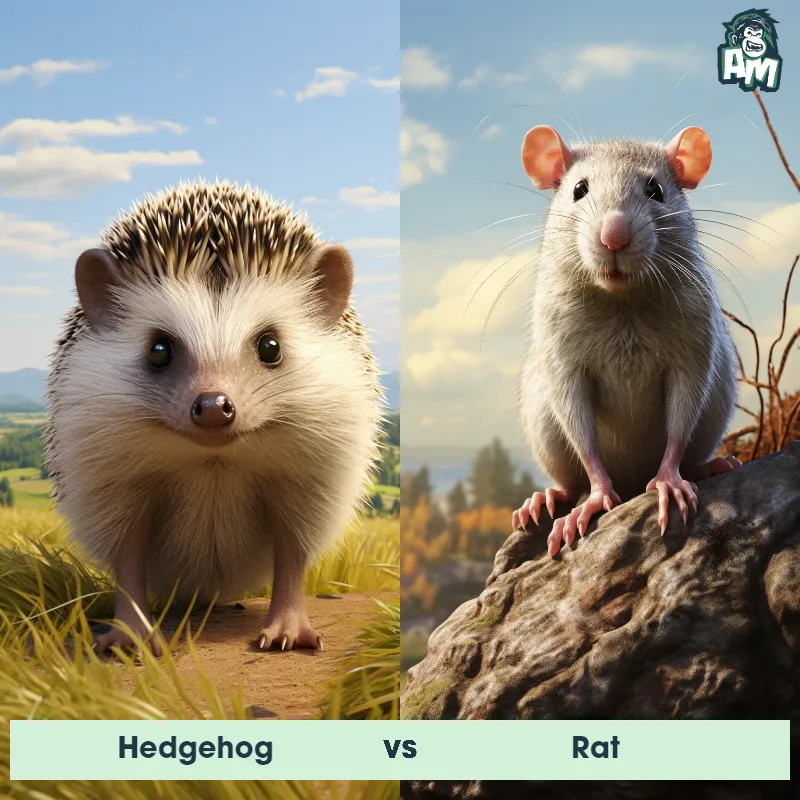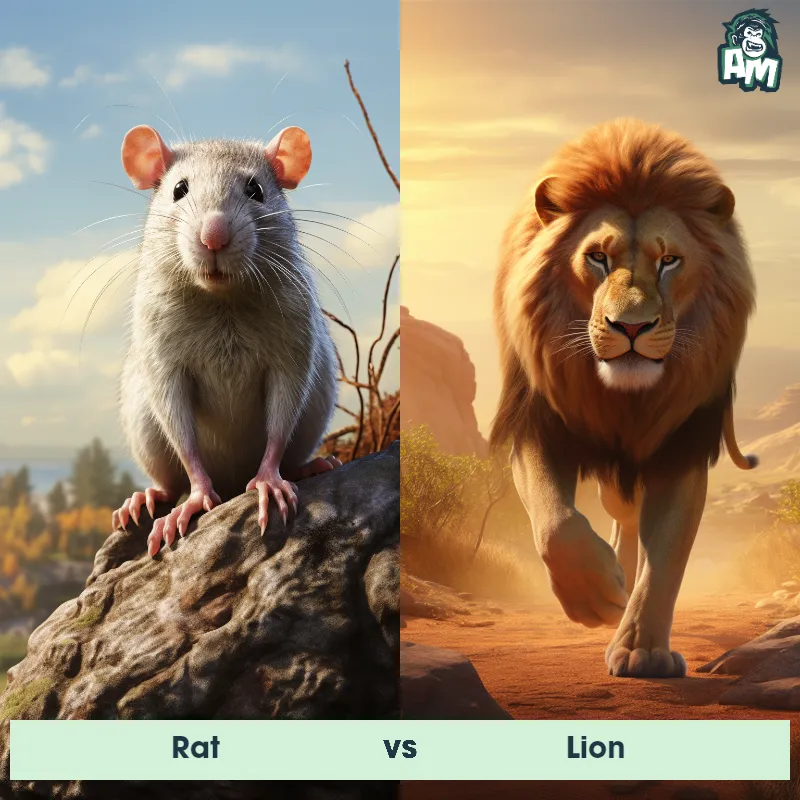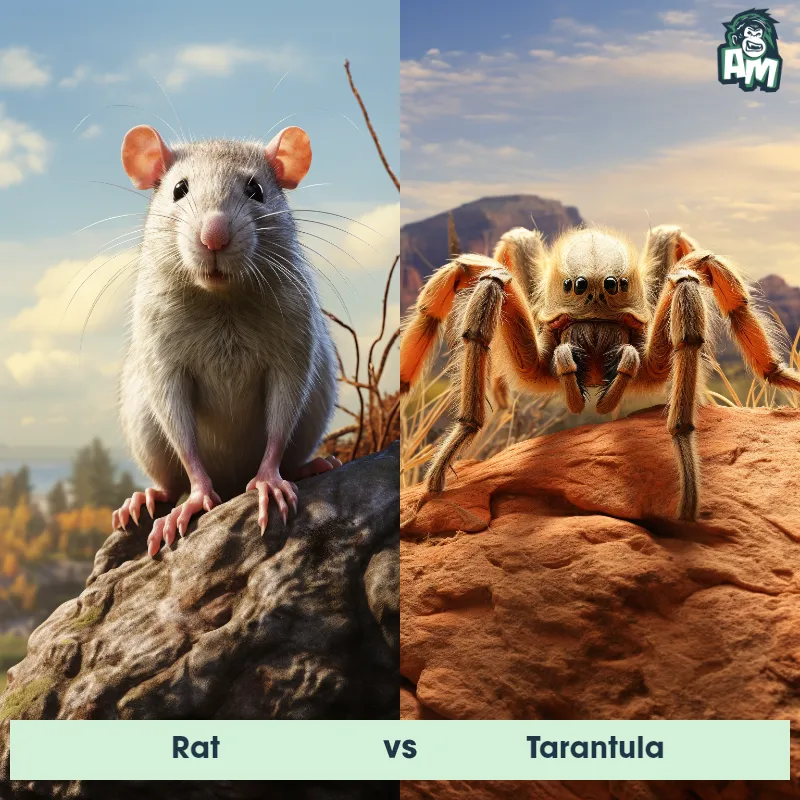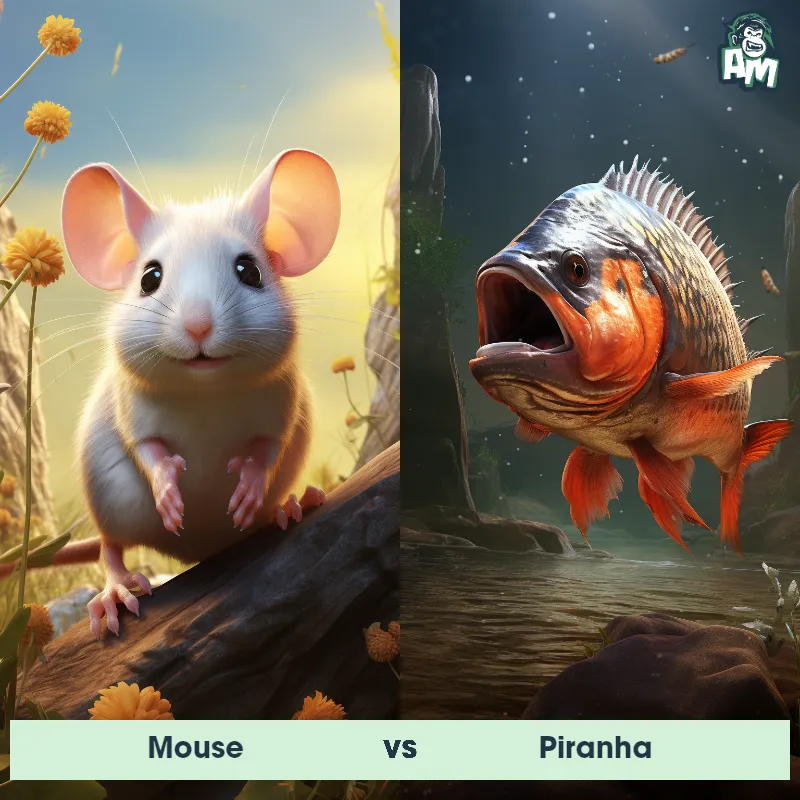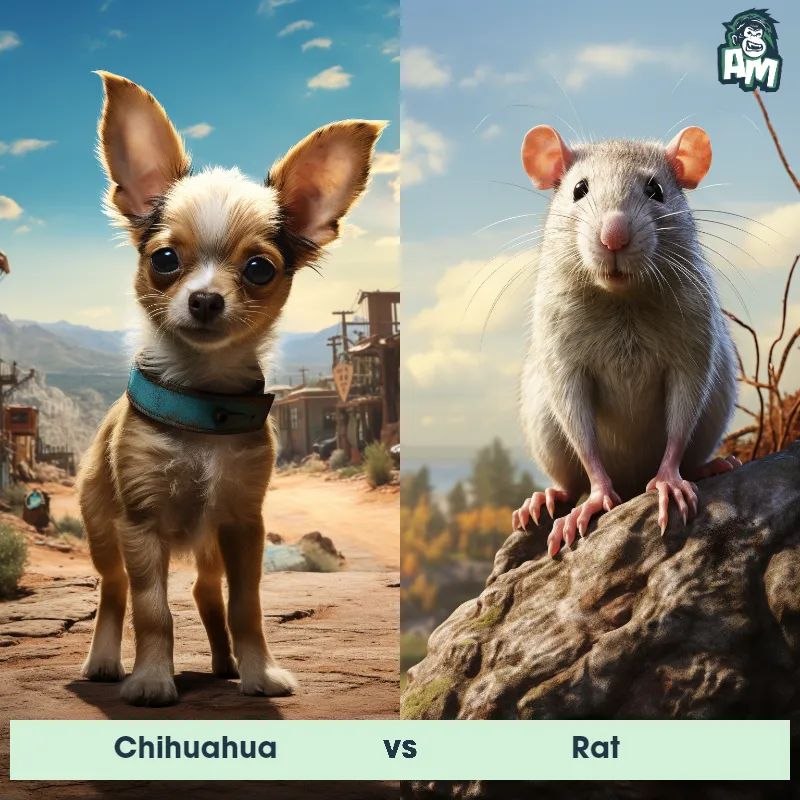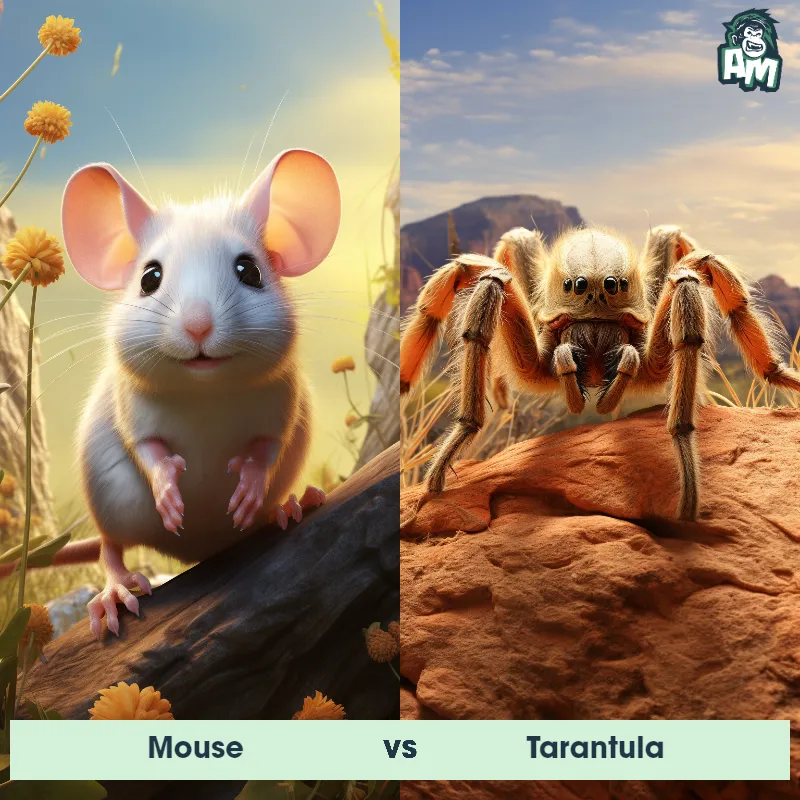European Mole vs RatSee Who Wins

Welcome, ladies and gentlemen, to this epic showdown between a European Mole and Rat. Both competitors are ready to go head to head in a battle of speed, agility, and cunning. Let's see who will come out on top in this thrilling match.
Contender 1: European Mole
The European Mole, scientifically known as Talpa europaea, is a small mammal that belongs to the Talpidae family. These burrowing creatures are typically around 4.3 to 6.7 inches long, with a cylindrical body covered in thick velvety fur that can vary in color from black to grayish-brown. With their sharp claws and streamlined bodies, European Moles are exceptional diggers, creating complex tunnel systems underground. They have sensitive snouts, equipped with whiskers, small eyes that are concealed by fur, and short ears to protect them from debris while burrowing. These nocturnal creatures primarily feed on earthworms and insects.
Fun Fact: The European Mole is a champion of excavation, having the ability to construct networks of intricate underground tunnels spanning a territory of up to 2.5 acres, all achieved through their powerful front limbs and adept digging techniques.
Contender 2: Rat
The Rat is a medium-sized, long-tailed rodent, renowned for its adaptability to various environments. Common species include the larger brown rat (also known as the Norway rat) and the smaller black rat. Rats typically range from 9 to 11 inches in body length, with a tail length that's about the same. They have robust bodies, pointed snouts, and small, hairless ears. Rats are omnivores, with a diet that can include grains, fruits, vegetables, meat, and eggs, and they have a strong instinct to gnaw, which keeps their constantly growing teeth in check.
Fun Fact: Rats have excellent memories, and once they learn a navigational route, they won't forget it.
Matchup Stats
| European Mole | Rat | |
|---|---|---|
| Size | 4.3 to 6.7 inches (11 to 17 centimeters) | 9 to 11 inches (22.86 to 27.94 cm) |
| Weight | 2.8 to 4.5 ounces (80 to 130 grams) | 0.77 to 1.1 lbs (350 to 500 grams) |
| Speed | 0.5mph (0.8km/h) | 7mph (11km/h) |
| Key Strength | Unknown | Strong instinct to gnaw |
| Biggest Weakness | Size and physical strength | Small size and lack of defensive mechanisms |
Current Votes
European Mole vs Rat
See Who Wins
View More Matches
Looking For More?
Similar Matches
Scientific Stats
| European Mole | Rat | |
|---|---|---|
| Scientific Name | Talpa europaea | Rattus |
| Family | Talpidae | Muridae |
| Habitat | Underground, burrows | Various environments, including urban areas, forests, and fields |
| Geography | Europe, including Great Britain, Scandinavia, and parts of Russia | Worldwide, except for Arctic and Antarctic regions |
| Diet | Earthworms and insects | Omnivorous (grains, fruits, vegetables, meat, eggs) |
| Lifespan | 3 years - 6 years | 1 year - 4 years |
Key Differences between European Mole and Rat
- Eyes: The European mole has tiny, almost invisible eyes, whereas the rat has larger, more prominent eyes.
- Color: The European mole has dark brown to black fur, while the rat may have various colors such as gray, brown, or black.
- Size: The European mole is typically smaller and more compact than the rat.
- Tail: The rat has a long, scaly tail that is often longer than its body, whereas the mole has a short, stubby tail.
- Body shape: The European mole has a cylindrical body shape with short legs and sharp claws for digging, while the rat has a more slender body with longer legs for running and climbing.
- Ears: The rat has large, prominent ears, while the European mole has tiny, hidden ears covered by fur.





